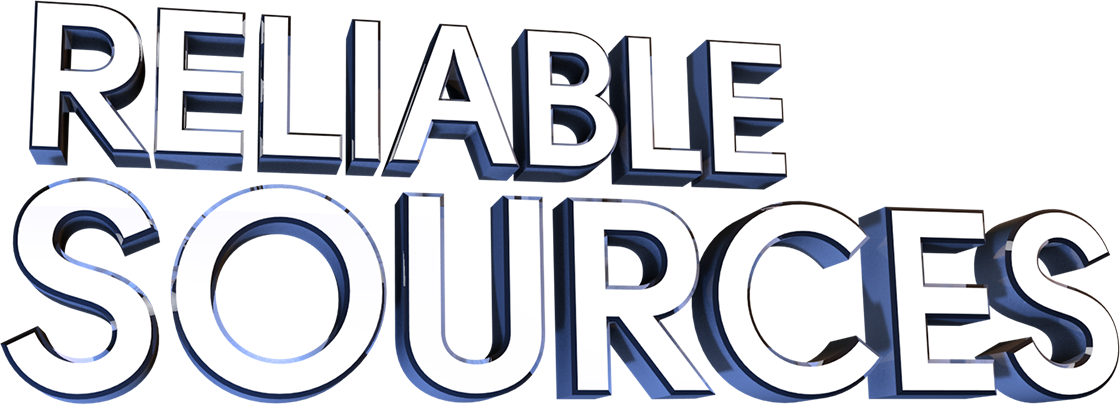John I. Honderson, "Reliable Sources", 1/12/2016, CC0 Public Domain
URL: What is the URL? Does it end with .com, .edu, .org, .gov, .biz, .name, .info, or .net? What does each of these domain names imply? Which would indicate that the source is credible?
Source 1: The URL for the website is http://www.world-nuclear.org/info/Safety-and-Security/Safety-of-Plants/Fukushima-Accident/. The Website ends with .org which means that it is made by some type of organization, either non-profit, governmental, or non-governmental.
Source 2: The URL for the website is http://www.theguardian.com/world/2011/mar/22/japan-nuclear-power-plant-checks-missed. The Website ends with .com which means that it can be made by anyone and may or may not be credible.
Out of all the website endings, the ones at suggest credibility are .edu (made through a university/college), .gov (a government run website), or .info (a website that is purely form informing).
Author: Can you identify an author for the information? Can you verify the author's qualifications?
Source 1: There is no author information on the website and no way to verify the author.
Source 2: The author for this website is Justin McCurry. There is a link to the author's verification which shows him to be a major contributor for the guardian in Japan since 1999.
Last Updated: Does the Web page provide information about when it was last updated? Is there any way of determining whether the material is out of date? What sorts of links are on the page? Where do these links lead you? Are the links still working?
Source 1: The source was recently updated in October 2015. There are multiple links in the article that are still working and lead to more information on certain parts of the disaster or nuclear power in general.
Source 2: The article is four years old and could be potentially out of date. The links on the page on the other hand are still working but also lead to other out of date articles.
Purpose: What is the text trying to accomplish? Is its purpose to inform, entertain, or persuade the reader? Does it appear to be promoting a commercial product, an idea, a philosophy, or some other way of seeing something?
Source 1: The purpose of the text is to inform. The article is information heavy and gives highly detailed accounts of what happened during the fukushima meltdown.
Source 2: The purpose of the article is to inform the reader of how the Japanese failed to allow safety inspections. The article seemed to be promoting the idea that the Japanese handled the situation poorly.
Graphics: Are there graphics? If so, what do they illustrate and why?
Source 1: There are graphics in the article and are mainly there to illustrate what happened during the nuclear meltdown. There are also graphics that show where everything was during the meltdown.
Source 2: This source only has a picture of the aftermath and no other illustrations.
Position on Subject: Does the source seem biased, one-sided, incomplete, or erroneous? Who profits if viewers of the website believe its information to be true? Can you verify the information with other online or print sources?
Source 1: The information in this website seems to be unbiased and very fact-based. No one profits if the readers believe the information. All the information can be supported with other online sources
Source 2: The information in this article seems to be slightly biased against the nuclear power firm that ran the power plant. If the information is believed, the groups against nuclear power will profit. The information can be verified by outside sources.
Links: Does the source suggest avenues for further inquiry such as possible readings, research, or links? Does it cite reputable sources or note the extent to which claims in the text are connected to recognized authorities in the field?
Source 1: This article has links for further reading and research. The website cites articles with respectable and recognized authorities in the field.
Source 2: The article has two links for further reading but no citations.

No comments:
Post a Comment